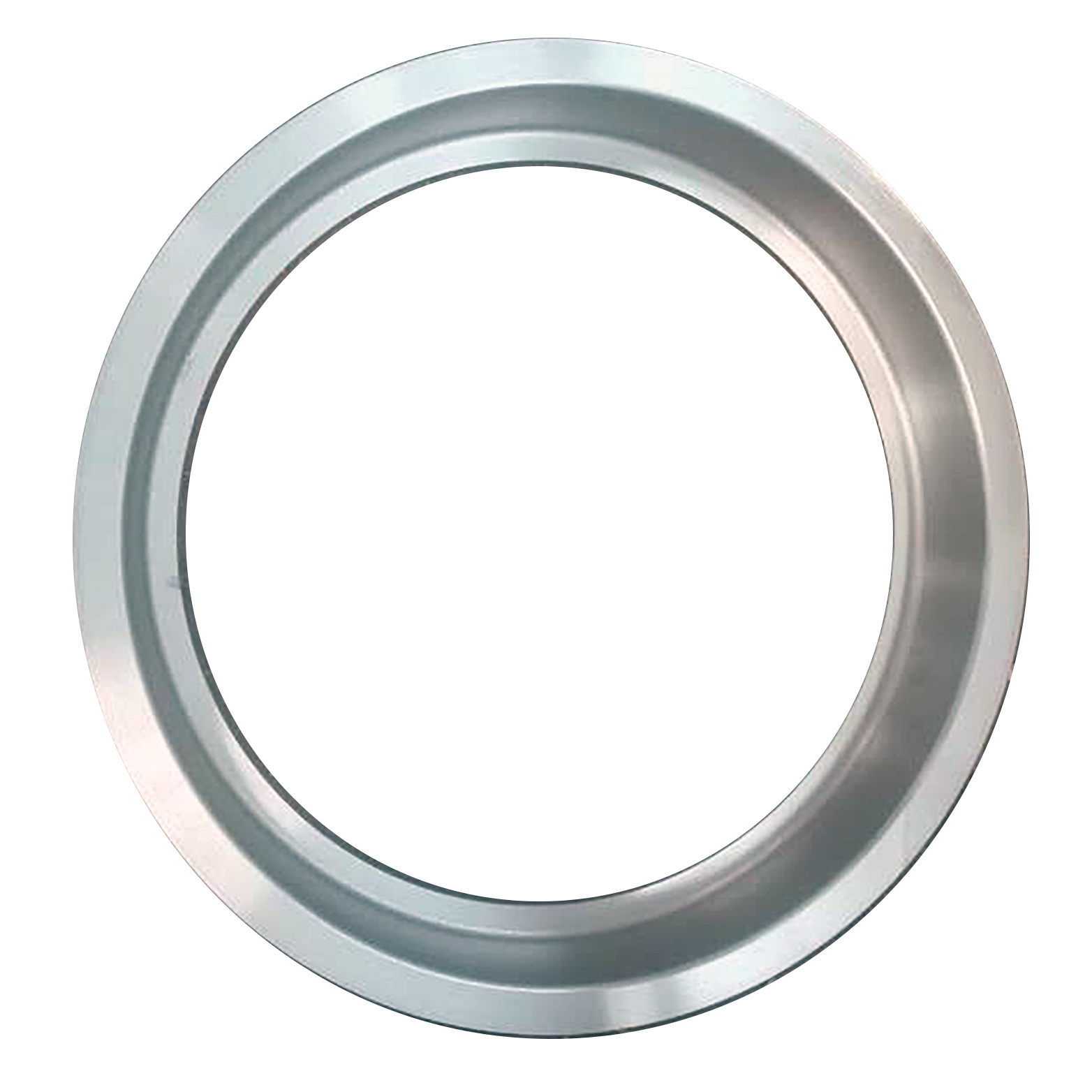- Afrikaans
- Albanian
- Amharic
- Arabic
- Armenian
- Azerbaijani
- Basque
- Belarusian
- Bengali
- Bosnian
- Bulgarian
- Catalan
- Cebuano
- China
- China (Taiwan)
- Corsican
- Croatian
- Czech
- Danish
- Dutch
- English
- Esperanto
- Estonian
- Finnish
- French
- Frisian
- Galician
- Georgian
- German
- Greek
- Gujarati
- Haitian Creole
- hausa
- hawaiian
- Hebrew
- Hindi
- Miao
- Hungarian
- Icelandic
- igbo
- Indonesian
- irish
- Italian
- Japanese
- Javanese
- Kannada
- kazakh
- Khmer
- Rwandese
- Korean
- Kurdish
- Kyrgyz
- Lao
- Latin
- Latvian
- Lithuanian
- Luxembourgish
- Macedonian
- Malgashi
- Malay
- Malayalam
- Maltese
- Maori
- Marathi
- Mongolian
- Myanmar
- Nepali
- Norwegian
- Norwegian
- Occitan
- Pashto
- Persian
- Polish
- Portuguese
- Punjabi
- Romanian
- Russian
- Samoan
- Scottish Gaelic
- Serbian
- Sesotho
- Shona
- Sindhi
- Sinhala
- Slovak
- Slovenian
- Somali
- Spanish
- Sundanese
- Swahili
- Swedish
- Tagalog
- Tajik
- Tamil
- Tatar
- Telugu
- Thai
- Turkish
- Turkmen
- Ukrainian
- Urdu
- Uighur
- Uzbek
- Vietnamese
- Welsh
- Bantu
- Yiddish
- Yoruba
- Zulu
Dec . 01, 2024 08:02 Back to list
Optimizing Efficiency in Two-Pass Heat Exchanger Design and Operation Techniques
Two-Pass Heat Exchanger An Overview
Heat exchangers are vital components in various engineering applications, facilitating the transfer of heat between two or more fluids. Among the different designs available, the two-pass heat exchanger stands out for its efficiency and effectiveness in enhancing thermal performance. This type of heat exchanger is widely utilized in industrial processes, HVAC systems, and power plants, owing to its unique configuration and operational advantages.
Design and Functionality
A two-pass heat exchanger consists of a shell-side and a tube-side, where the hot and cold fluids flow in a counter-current manner. The basic principle of operation involves the hot fluid transferring its heat to the cold fluid as they pass through the exchanger. In a conventional single-pass heat exchanger, the fluid typically flows through the tubes in one direction. However, in a two-pass arrangement, the fluid makes two passes through the tubes, which significantly increases the heat transfer surface area.
This design is particularly advantageous in scenarios where there is a considerable temperature difference between the two fluid streams. By allowing the cold fluid to flow against the hot fluid for two passes, the two-pass heat exchanger utilizes better heat exchange, resulting in improved thermal efficiency. This configuration also ensures that the outlet temperature of the cold fluid approaches the inlet temperature of the hot fluid more closely than in a single-pass setup.
Applications
Two-pass heat exchangers are prevalent in many industrial applications. For example, in power generation, these heat exchangers are crucial in cooling systems where steam must be condensed back into water. They are also found in chemical processing plants, where they help maintain optimal temperatures for various reactions by facilitating heat recovery from exothermic processes.
two pass heat exchanger

In HVAC systems, two-pass heat exchangers are used to regulate indoor temperatures effectively. They help improve energy efficiency by recovering waste heat from exhaust air and transferring it to the incoming fresh air. This is particularly important in environments where temperature control is critical, such as in laboratories, hospitals, and manufacturing facilities.
Advantages
The two-pass heat exchanger design offers several benefits. Firstly, it enhances the overall heat transfer coefficient due to the increased contact between the two fluids, which reduces the temperature differential across the heat transfer surface. This results in a more effective heat exchange process.
Secondly, the two-pass design is space-efficient. While it provides better heat transfer, it can often be installed in a more compact area compared to other heat exchanger types, making it ideal for applications with space constraints.
Furthermore, two-pass heat exchangers can reduce the overall energy costs for heating and cooling operations. By maximizing thermal efficiency, these systems require less energy input to achieve the desired temperature, contributing to lower operational costs and a reduced environmental footprint.
Conclusion
In summary, the two-pass heat exchanger is a versatile and efficient solution for a variety of thermal management applications. Its design allows for superior heat transfer, making it an attractive choice in industries that prioritize energy efficiency and performance. As technology advances and energy conservation becomes more critical, the role of two-pass heat exchangers is likely to become increasingly significant in ensuring sustainable and efficient thermal systems. Whether in industrial, commercial, or residential settings, the benefits of adopting this technology are clear, paving the way for more efficient heat exchange solutions across various fields.
-
Premium Cast Iron Water Main Pipe: Durable, Corrosion-Resistant
NewsAug.03,2025
-
Durable Cast Iron Water Mains | AI-Optimized Systems
NewsAug.02,2025
-
High-Efficiency Propane Boiler for Baseboard Heat | Save Energy
NewsAug.01,2025
-
Premium Source Suppliers for Various Gray Iron Castings
NewsJul.31,2025
-
Durable Cast Iron Water Main Pipes | Long-Lasting
NewsJul.31,2025
-
High-Quality Cast Iron Water Main Pipe for Durable Infrastructure
NewsJul.30,2025


